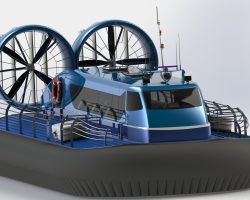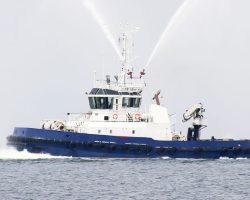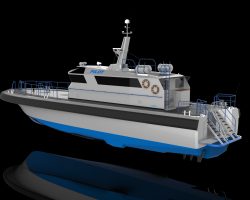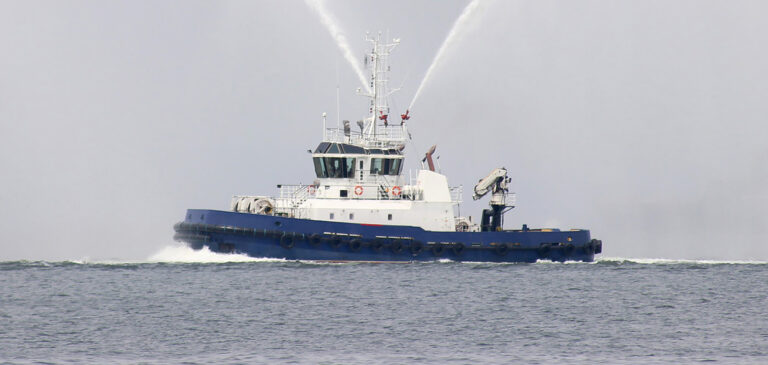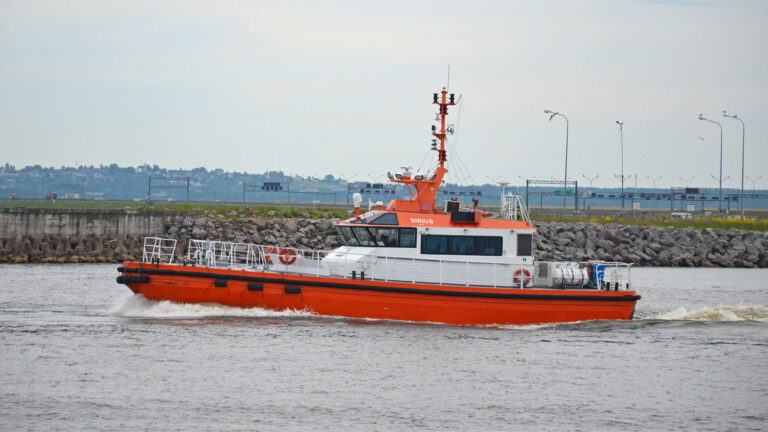Boats are small vessels with a stationary engine. Service boats can be built for operation in hydroplaning and displacement modes. High seaworthiness boats have a deck, cockpit, superstructure.
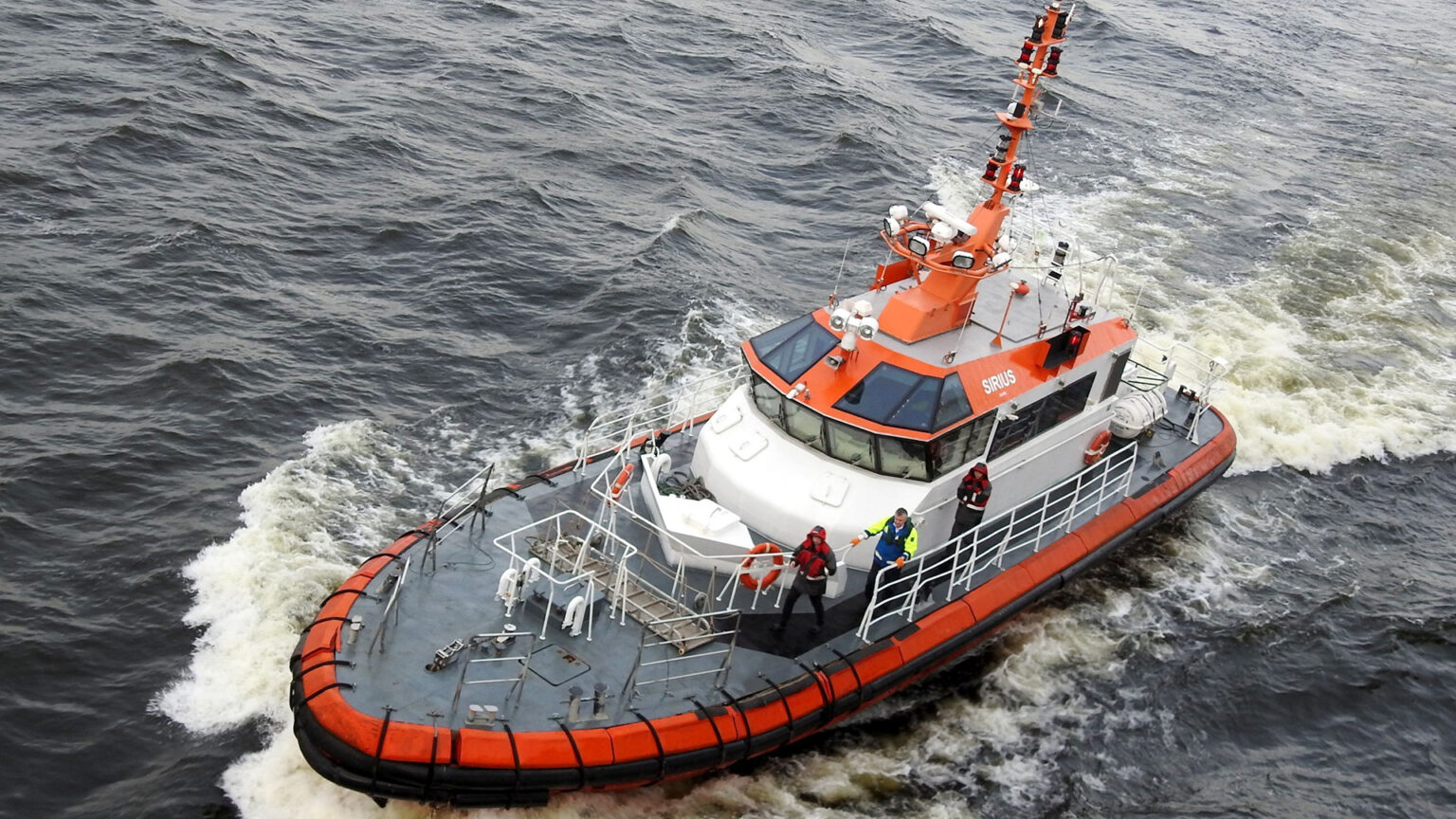
Boat design is a complex and multifaceted process that includes several key stages. Initially, engineers of the design bureau analyse the customer’s requirements and determine the main characteristics and functionality of the future boat. This may include the type of boat (passenger, tourist, sports, service, etc.), its carrying capacity, speed, cruising range, operating conditions and other factors.
The designers then start designing the boat, taking into account the specified requirements and safety standards. They develop the overall concept of the boat, optimise its shape, structure and hydrodynamic characteristics. Designers also consider ergonomics, equipment placement and other systems on board the boat.
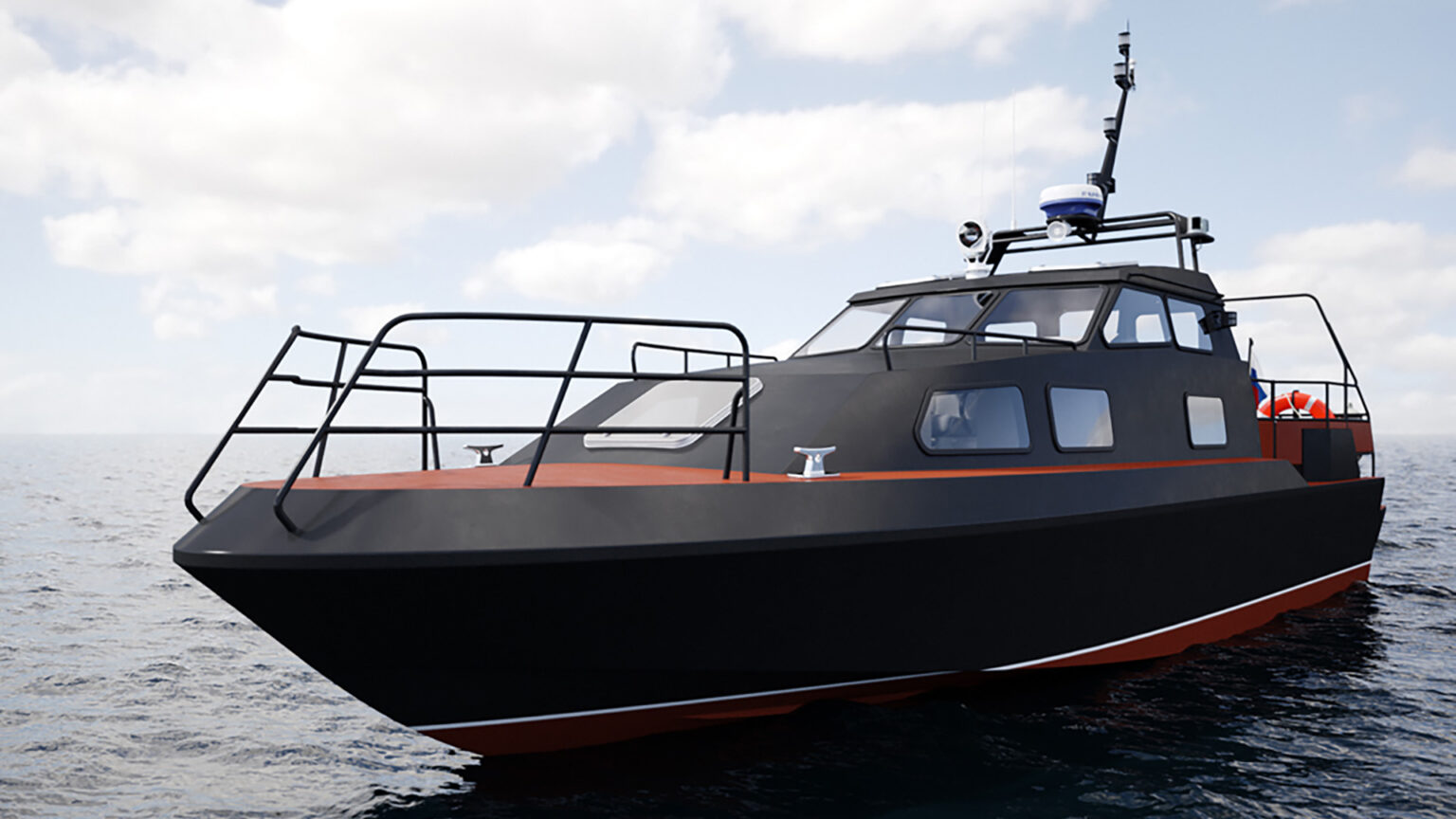
Using state-of-the-art computer technology and software, the design office carries out detailed modelling and analysis of the boat. They use computer simulations to determine the optimal parameters of the vessel and test its performance in various conditions.
Engineers in the design office have extensive experience and expertise in naval architecture, fluid dynamics and other fields necessary for successful boat design. They take into account economic and environmental factors in their endeavour to create efficient and safe vessels.
Overall, boat design by a design office is a complex process that requires a combination of engineering knowledge and skills. The engineers’ years of experience play an important role in developing innovative and modern vessels that meet the needs of clients and the requirements of today’s marine industry.
Our design office designs pilot, service, travelling, patrol and other boats.

